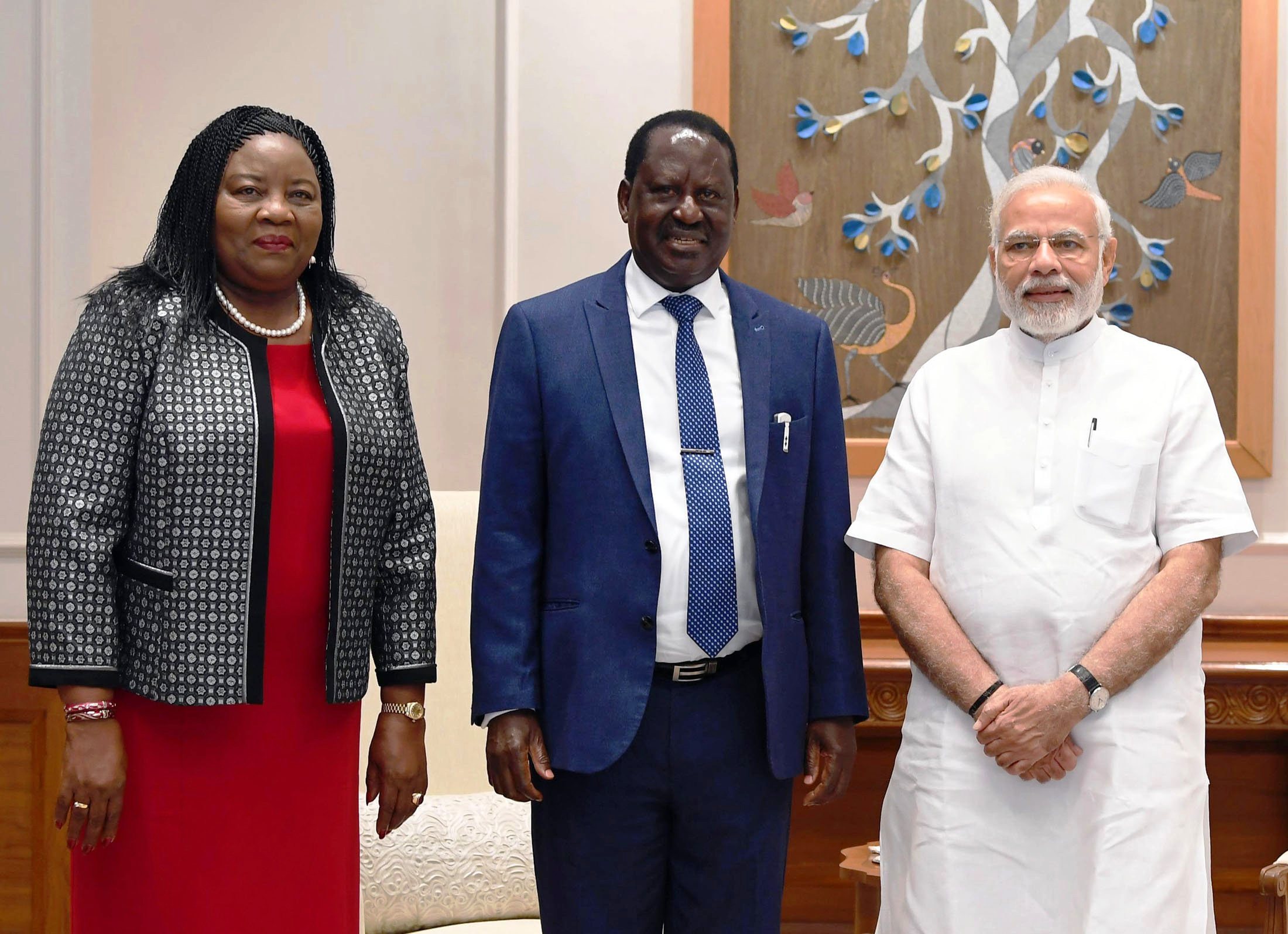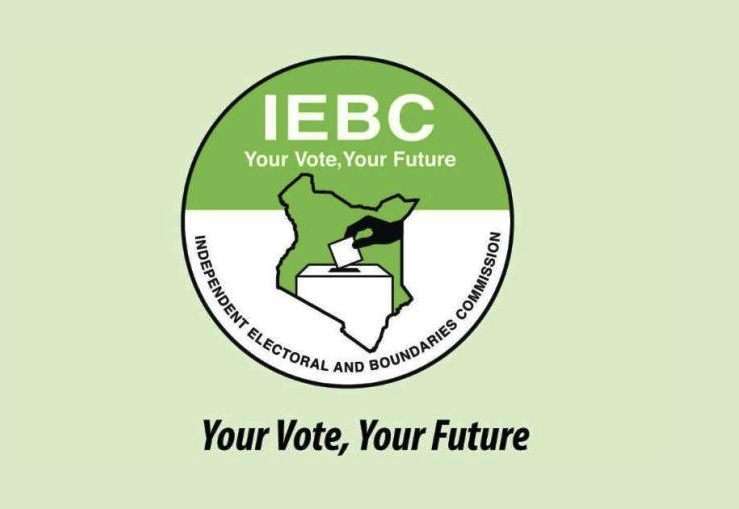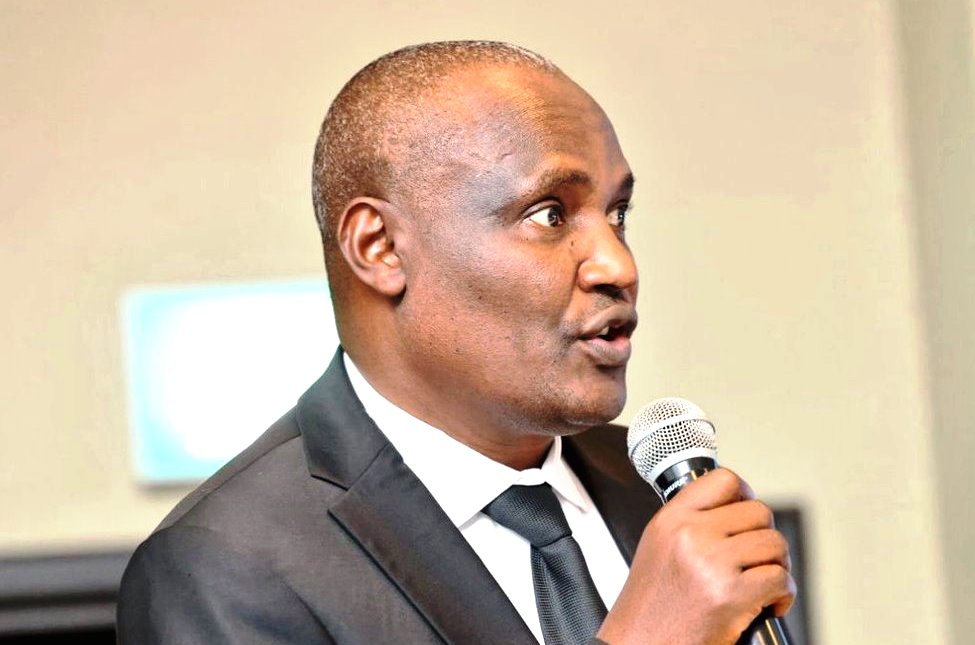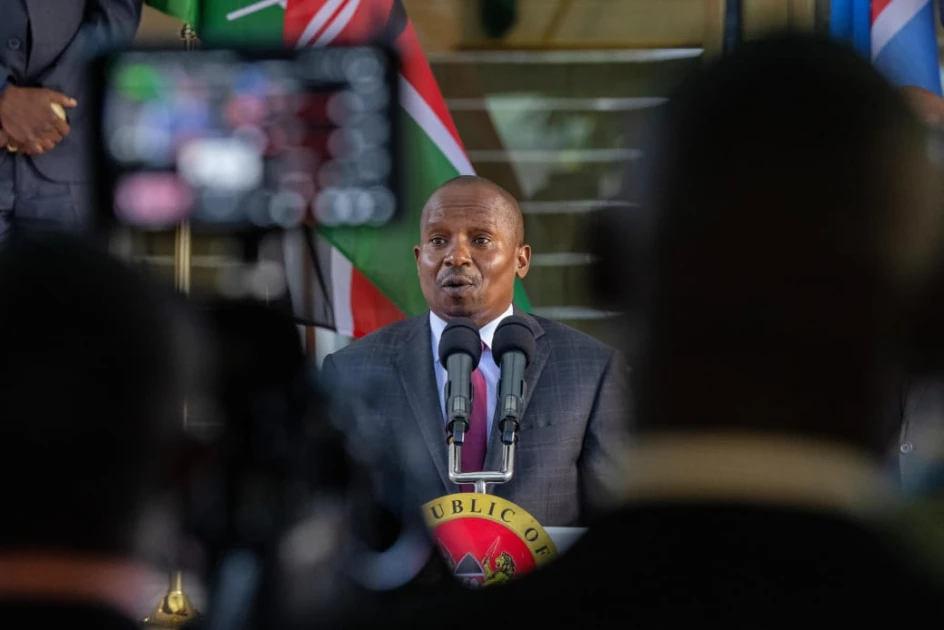Raila Odinga’s sudden withdrawal from the political scene has sparked speculation about his health and motives. While some of his rivals allege that he may be unwell, close allies maintain that he is abroad for a private break after months of intense political activity. However, sources suggest that the trip was also a calculated move to ease tensions with the Head of State, following his recent declaration that ODM’s support for President William Ruto in 2027 is not guaranteed. Amid the uncertainty surrounding his absence, President Ruto is reportedly quietly consolidating new political alliances — just in case
To unlock the full article:
Choose one of the options below:
- Ksh 10 – This article only
- Ksh 300 – Monthly subscription
- Ksh 2340 – Yearly subscription (10% off)
By The Weekly Vision Political Desk
ODM leader Raila Odinga’s decision to embark on an extended overseas trip is said to have been a carefully calculated move to cool rising political temperatures following his recent declaration that his party’s support for President William Ruto’s 2027 re-election bid is “not guaranteed”. The remarks, which many interpreted as a sign of discontent within the broad-based government, are said to have caused considerable unease within State House.
According to a confidential source within the ruling Kenya Kwanza administration who spoke to The Weekly Vision on condition of anonymity as he is not authorised to speak to the media, Mr Odinga’s statement was received with “deep concern” by the President’s inner circle. The remarks were interpreted to mean that ODM could field its own presidential candidate in 2027, a move that would dramatically alter the country’s political arithmetic. “It unsettled the President and sent his strategists back to the drawing board,” the source revealed.
Mr Odinga made the remarks during the burial of veteran politician Phoebe Asiyo in Homa Bay, where he cautioned party members against premature succession talk, insisting that ODM would wait to see whether President Ruto honours the memorandum of understanding (MoU) signed between his party and the President’s United Democratic Alliance (UDA) after joining the broad-based government that emerged in the wake of last year’s Gen Z protests.
The former Prime Minister reiterated this stance during one of the events marking 20 years since ODM’s formation, reminding members that the party has its own long-term strategy. “Do not commit the party to matters that have not been discussed. Who told you ODM does not have a candidate for 2027? As a party, we have a clear plan that we have agreed upon, and we must implement it. Other decisions will be made when the time comes,” he declared while cautioning party insiders who were already drumming up support for the President’s re-election.
In what appeared to be a direct response, President Ruto maintained that it is the people of Kenya who will ultimately decide who leads them. However, insiders say the President’s team privately acknowledged that losing ODM’s backing could complicate his path to re-election — especially after his fallout with the Mt Kenya bloc, which delivered him more than 3.3 million votes in the 2022 General Election. The impeachment of former Deputy President Rigathi Gachagua in October last year further strained relations with that region.
According to a confidential source within the ruling Kenya Kwanza administration who spoke to The Weekly Vision on condition of anonymity as he is not authorised to speak to the media, Mr Odinga’s statement was received with “deep concern” by the President’s inner circle. The remarks were interpreted to mean that ODM could field its own presidential candidate in 2027, a move that would dramatically alter the country’s political arithmetic. “It unsettled the President and sent his strategists back to the drawing board,” the source revealed
Analysts believe this realisation may have prompted the President’s recent charm offensive aimed at building new political bridges. On Wednesday, 8th October, President Ruto hosted KANU Chairman Gideon Moi at State House, Nairobi, in what was widely viewed as a significant reconciliation between the two Rift Valley powerhouses, who have been political rivals for years.
Simultaneously, a group of MPs allied to the President from the Ukambani region delivered a letter to Wiper Party leader Kalonzo Musyoka’s rural home in Mwingi, urging him to join the government. The delegation was led by Mwala MP Vincent Kawaya, a close ally of the President. Nandi Senator Samson Cherargei later confirmed that the ruling coalition was open to talks with the former Vice-President to secure his backing ahead of the next polls. President Ruto is expected to tour Kalonzo’s Kitui backyard later this month, ahead of the Mashujaa Day celebrations, with a package of development pledges.
Amid these shifting alliances, tension continues to simmer within ODM. Insiders confided to The Weekly Vision that one of the key reasons the party postponed its 20th anniversary celebrations was to avoid reopening internal divisions. Party members reportedly expected Mr Odinga to use the occasion to give clear direction on ODM’s relationship with Ruto — a move that would have risked widening rifts between leaders serving in government and those in opposition.
“Baba’s trip abroad is a tactical retreat. He is under immense pressure from leaders like Edwin Sifuna to sever ties with Ruto. At the same time, ODM members serving in government fear that his hard stance could make their continued stay in Cabinet and other positions untenable,” said a senior party official familiar with the ongoing deliberations.
Speculation about Mr Odinga’s health began circulating soon after he left the country, with some political opponents claiming that he had been hospitalised in Dubai. However, his wife, Mama Ida Odinga, dismissed the rumours, assuring supporters that he was in good health. “He is fine; he is just resting abroad. How can someone who does not live with him claim to know his health status, while I, who stay with him, am unaware of any problem? Baba is okay,” she told a gathering in Migori on Wednesday, 8th October.
ODM’s Director of Communications, Philip Etale, also took to social media to denounce the reports, accusing certain individuals of spreading propaganda aimed at discrediting the party leader.
Meanwhile, ODM’s partnership with UDA continues to divide the party hierarchy. Secretary-General Edwin Sifuna, Saboti MP Caleb Amisi, and Embakasi East MP Babu Owino have expressed growing frustration, accusing the leadership of “abandoning the party’s reform ideals”. Alongside Githunguri MP Muthoni Wamuchomba, they recently unveiled the Kenya Moja Movement, which seeks to rally youthful leaders ahead of the 2027 elections.
Siaya Governor James Orengo, who initially opposed ODM’s deal with Ruto before softening his position, has warned that losing Sifuna would deal a major blow to the party. “It would be a great loss not to have Edwin Sifuna as ODM’s Secretary-General. He is a strong leader who speaks truth to power. ODM is not a praise-and-worship party; we must retain voices of reason within our ranks,” Orengo said during a TV interview on Wednesday, 8th October.
Babu Owino, who is eyeing the Nairobi governorship, has hinted that he may run as an independent candidate if ODM does not change course, while Caleb Amisi has given the party until March next year to withdraw from what he calls “a toxic political marriage” with the Ruto administration.
“We’ve told ODM that its continued dalliance with the regime has a lifespan, until March 2026. Beyond that, if ODM remains aligned with this brutal government, some of us will walk away,” Amisi said during an interview on Monday, 6th October. “If ODM joined Ruto’s administration to reform it, not to rubber-stamp wrongdoing, then we must hold it accountable. That’s why we formed the Kenya Moja Movement, to champion youth interests and political accountability,” he added.
If ODM eventually decides to field a presidential candidate in 2027, it remains unclear who that candidate might be. Some analysts believe Mr Odinga could make one last bid, while others argue that the veteran politician should consider bowing out gracefully.
Political analyst Geoffrey Omwando believes the time has come for Raila to hand over the baton. “He has played an immense role in Kenya’s political journey, from fighting for multiparty democracy to shaping the 2010 Constitution. But now, he should pave the way for younger leaders such as Hassan Joho, Wycliffe Oparanya, or even Edwin Sifuna, who can connect with the Gen Z voters,” Mr Omwando told The Weekly Vision by phone.
“He risks losing his legacy if he either backs Ruto or contests again and loses. That could destroy ODM, the country’s oldest and most established political party,” he added.
As Raila takes time off the political stage, the country watches closely. His silence, though temporary, has set off a ripple effect that could redefine Kenya’s political alliances ahead of 2027.
[/full]




